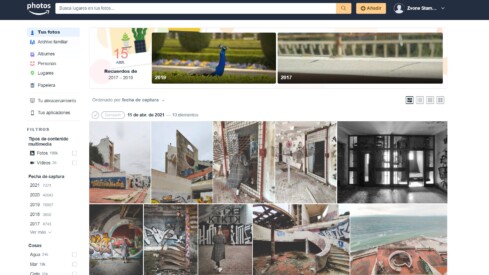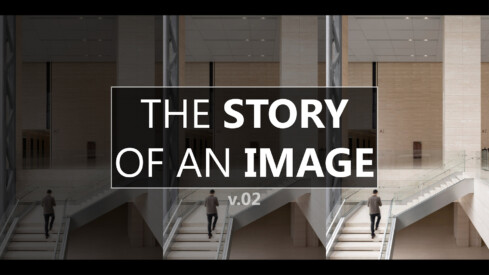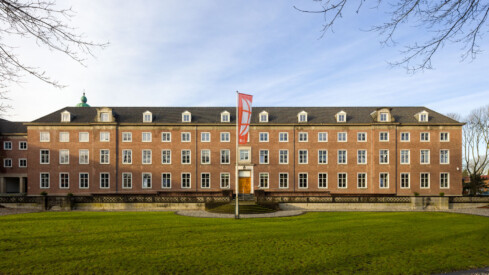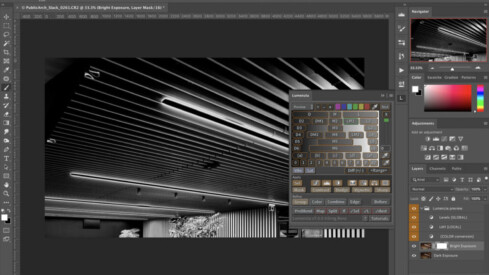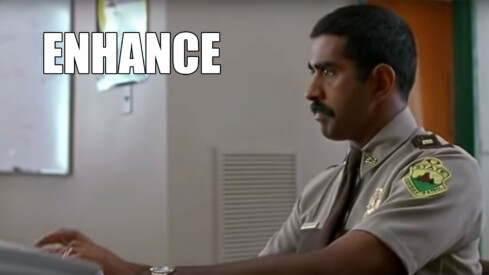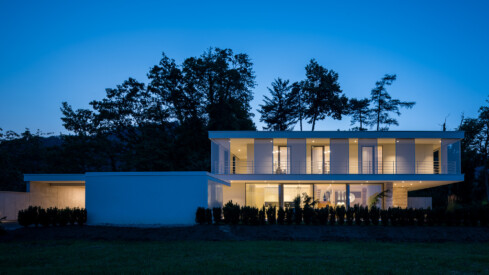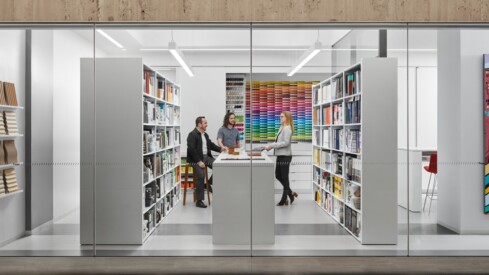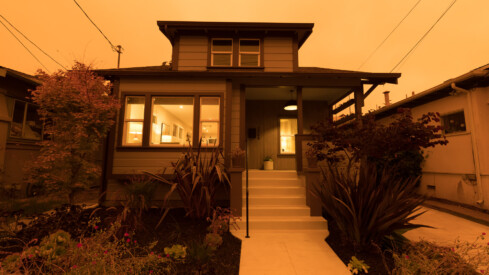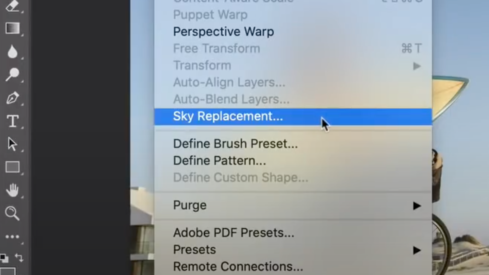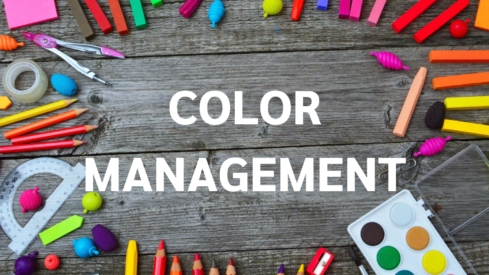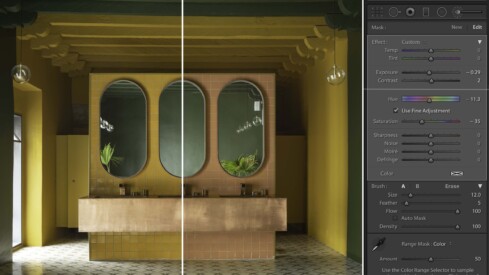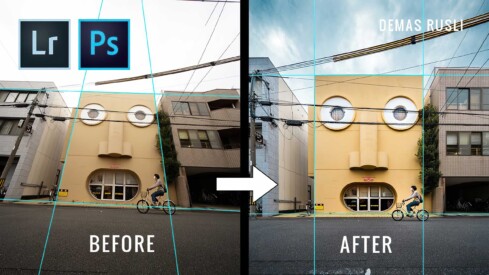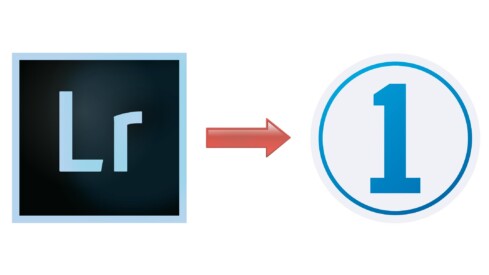Custom Actions and Shortcuts: My Biggest Retouching Time Saver
One of the biggest steps I made in speeding up my editing workflow was learning Photoshop’s shortcuts and keyboard commands inside and out. It took me a while to get to the level of muscle memory I’m at today, but once I did, the time savings were quite significant (which means less time in front of your computer and potentially more time relaxing by a pool somewhere.)

